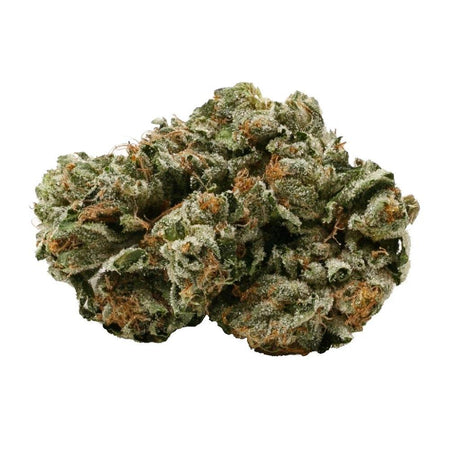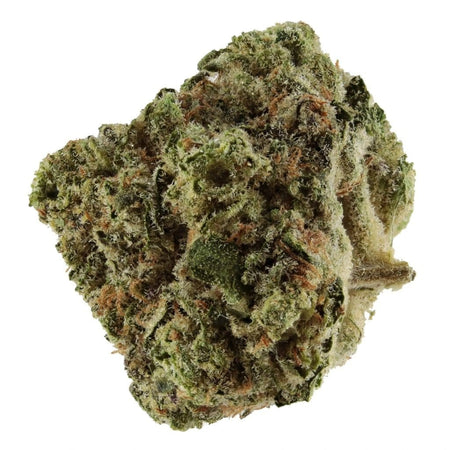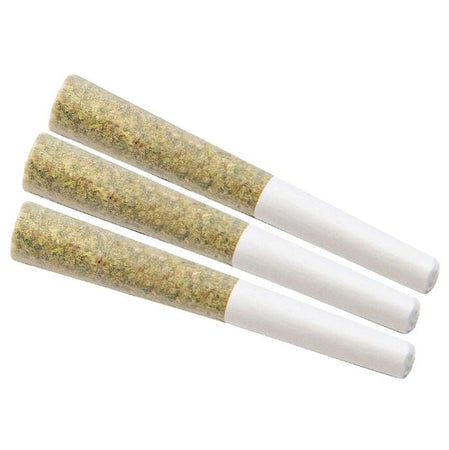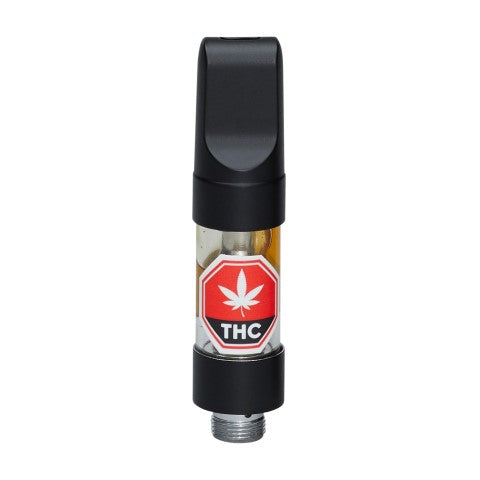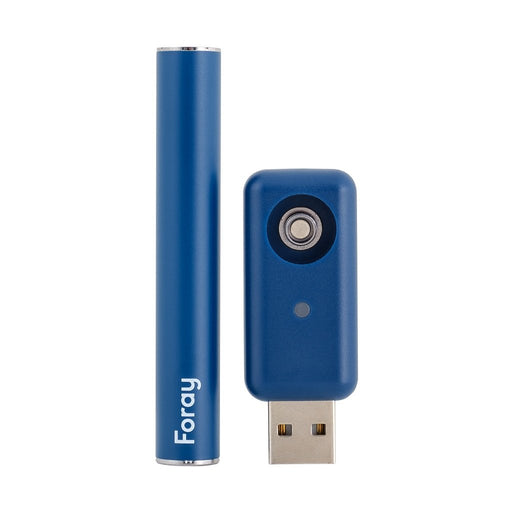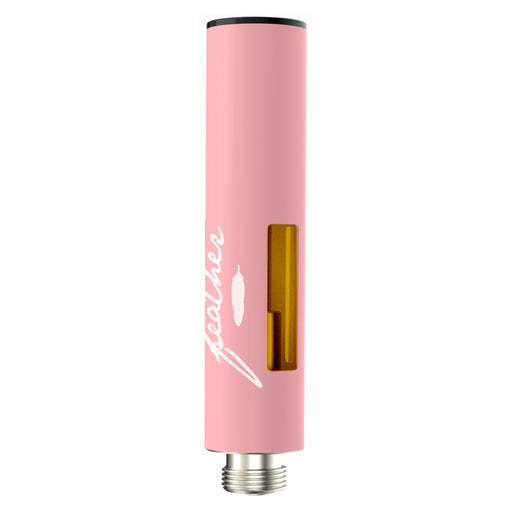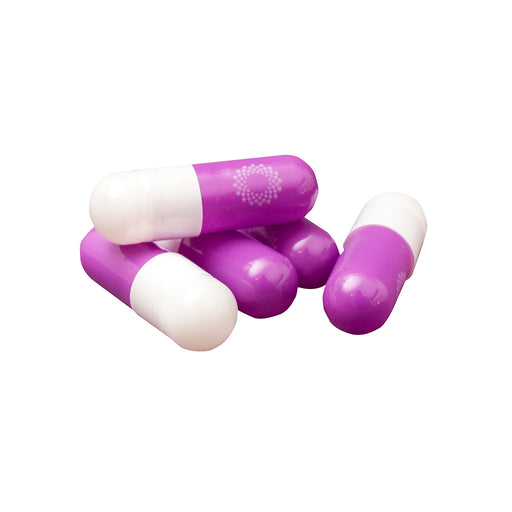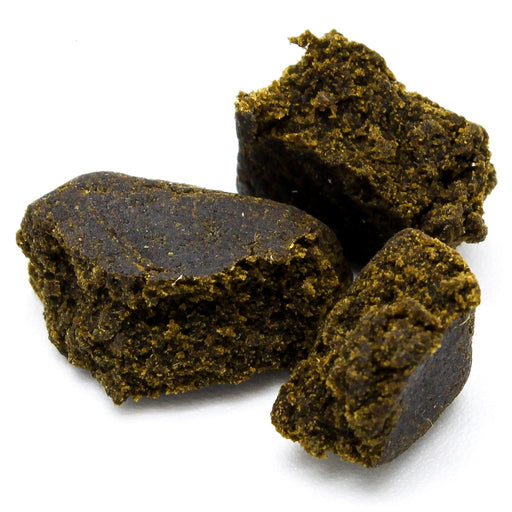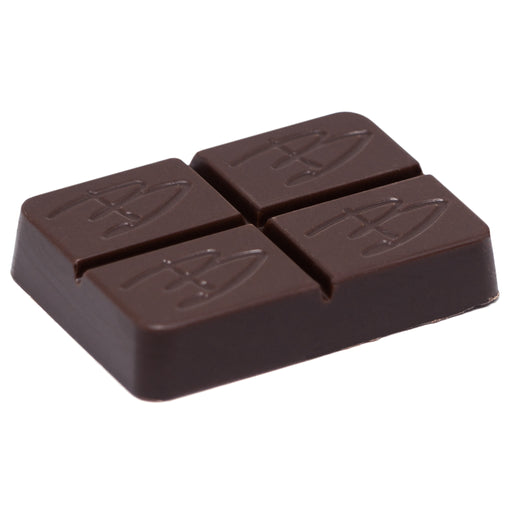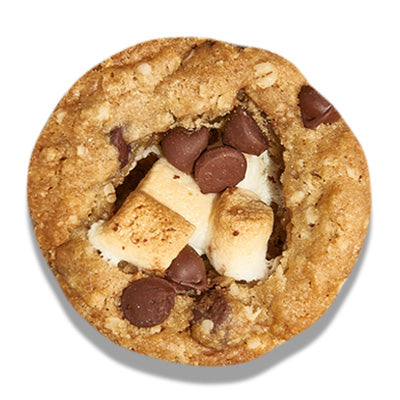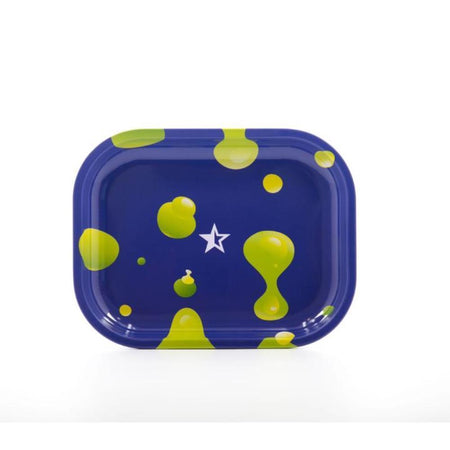Introduction to Distillate and Shatter
Distillate and shatter, two prominent forms of cannabis concentrates, exhibit distinctive characteristics and applications. Distillate is a highly refined cannabis extract, notable for its clear, viscous appearance. This form of extract is achieved through a process known as distillation, which purifies the cannabis oil by separating cannabinoids like THC or CBD from other plant compounds. As a result, distillate boasts high potency and purity, often exceeding 90% THC or CBD. Its versatility makes it a popular choice for vape cartridges, edibles, and tinctures, offering a reliable and consistent experience for consumers seeking targeted effects.
In contrast, shatter is a type of cannabis concentrate renowned for its glass-like, brittle texture. Produced via solvent-based extraction, shatter involves using solvents such as butane or propane to strip cannabinoids and terpenes from the cannabis plant material. The resulting extract is then purged of solvents to achieve its characteristic translucent, amber-hued appearance. Shatter is typically consumed through dabbing, a method that involves vaporizing the concentrate on a heated surface and inhaling the vapors. This method of consumption is favored for its rapid onset and intense effects, making shatter a preferred choice for experienced users.
The extraction processes for distillate and shatter are pivotal in determining their final forms and potencies. Distillation involves heating the cannabis oil to vaporize specific compounds, which are then condensed and collected. This method ensures a high level of purity by isolating cannabinoids from other elements, such as lipids and chlorophyll. On the other hand, the solvent-based extraction used for shatter preserves a broader spectrum of cannabinoids and terpenes, contributing to its unique flavor profile and aromatic qualities. However, this method requires meticulous purging to eliminate residual solvents, ensuring the safety of the final product.
Understanding the distinct characteristics and production methods of distillate and shatter is crucial for consumers and industry professionals alike. While both forms offer potent and concentrated doses of THC or CBD, their differing extraction techniques and resultant properties cater to varying preferences and consumption methods. Distillate’s exceptional purity and versatility contrast sharply with shatter’s robust flavor and rapid effects, highlighting the diverse landscape of cannabis concentrates.
Comparing Effects, Usage, and Market Trends
When comparing the effects of distillate and shatter, users will notice distinct differences in onset times and duration of effects. Distillate, known for its high purity and potency, typically provides a faster onset of psychoactive effects due to its refined extraction process. This purity results in a potent experience that can be tailored to individual preferences, offering both recreational and medicinal benefits. The duration of distillate’s effects can vary depending on the method of consumption but generally tends to be longer-lasting due to its concentrated nature.
Shatter, on the other hand, is recognized for its strong, immediate impact, primarily when used for dabbing. The psychoactive effects of shatter are intense and fast-acting, making it a favorite among experienced users seeking a powerful and straightforward high. The effects of shatter tend to be more robust but may not last as long as those provided by distillate. This makes shatter ideal for users looking for a quick and potent experience.
In terms of usage, distillate stands out for its versatility. It can be consumed in various ways, including vaporizing, dabbing, or even incorporating it into edibles and topicals. This flexibility allows users to customize their experience, making distillate a popular choice in the cannabis market. Shatter, by contrast, is predominantly used for dabbing, where it is heated on a hot surface and inhaled. This method, while effective, limits the ways in which shatter can be consumed compared to the more adaptable distillate.
Market trends indicate a growing preference for distillate due to its purity, versatility, and customizable effects. Consumers appreciate the ability to integrate distillate into different consumption methods, catering to both recreational and medicinal needs. This demand has driven the availability and variety of distillate products in the market, often at a higher price point than shatter. Conversely, shatter maintains a loyal following among traditional cannabis users who prioritize potency and simplicity. Its straightforward consumption method and powerful effects continue to appeal to a specific segment of the market, often reflected in its competitive pricing and widespread availability.
Overall, understanding these differences helps users make informed choices based on their preferences, desired effects, and consumption methods, ensuring a tailored and satisfying cannabis experience.
